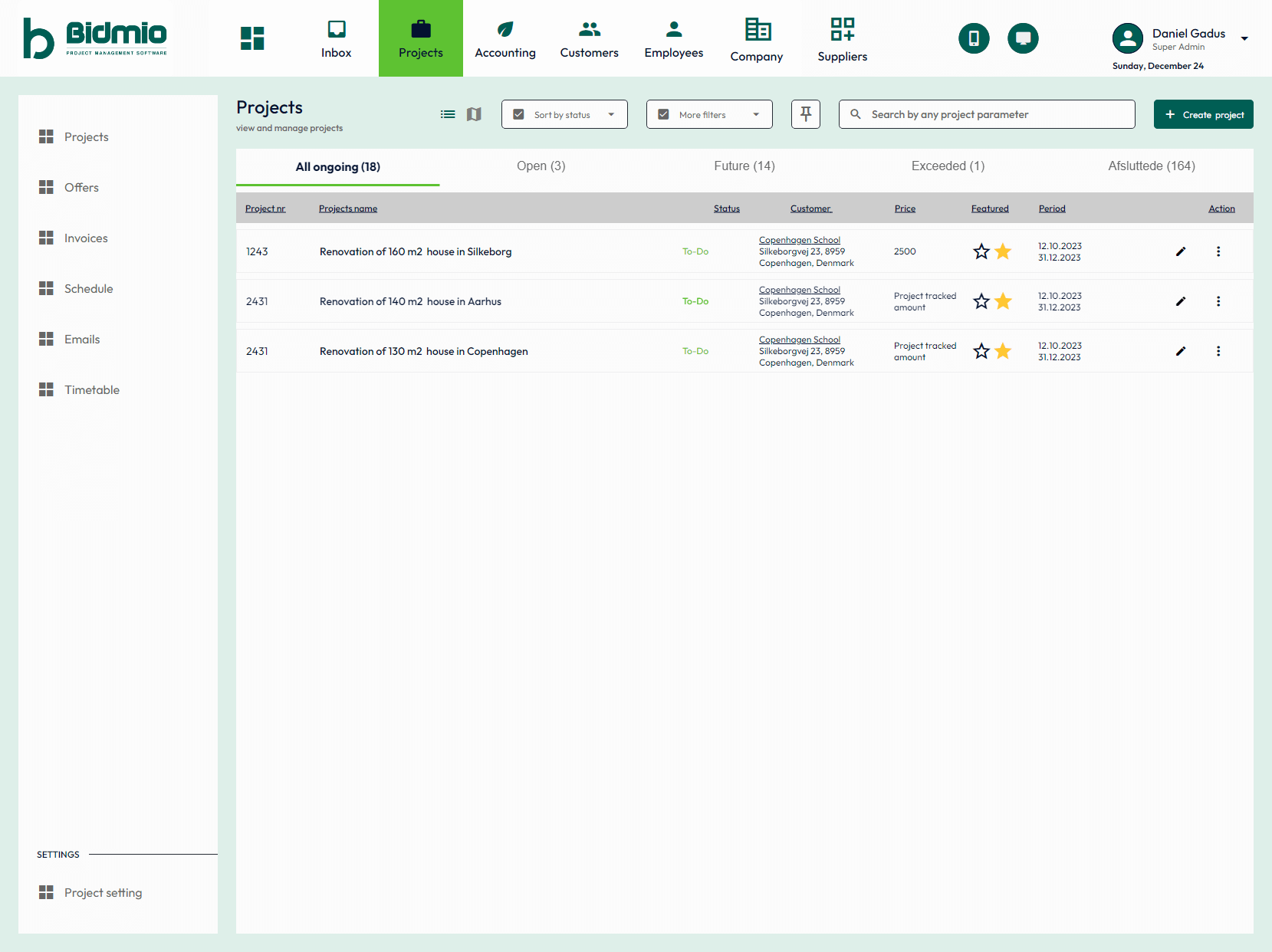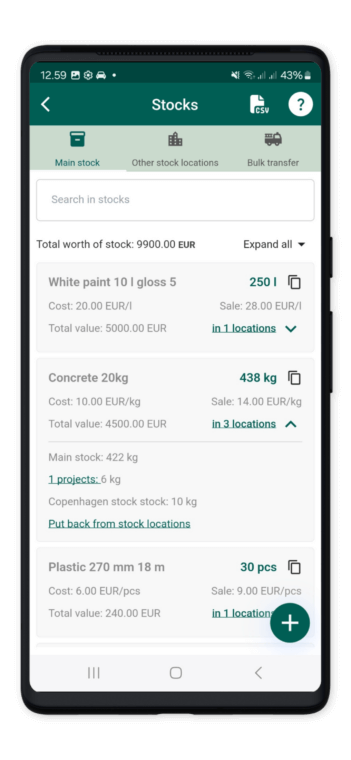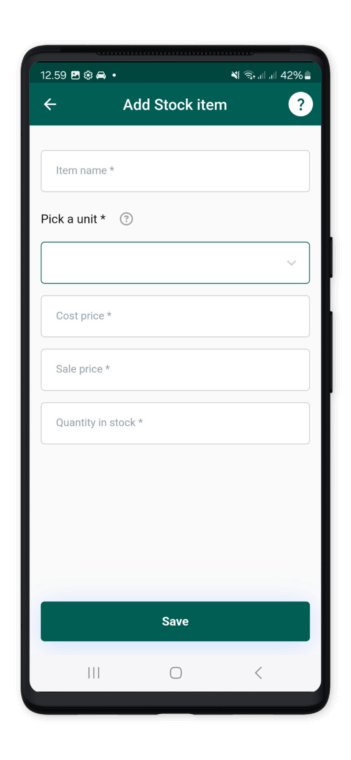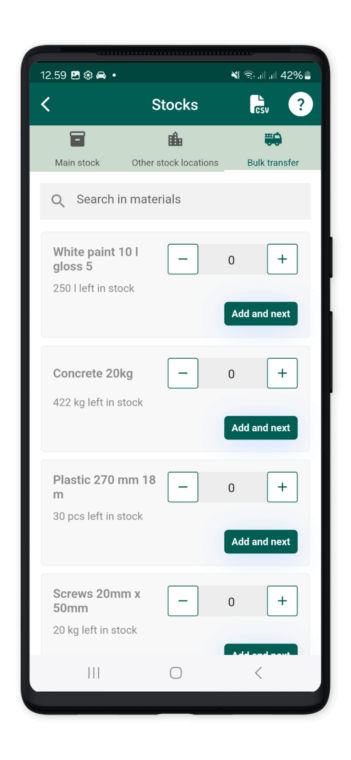What is stock management?
Stock management, also known as inventory management, is the process of ordering, storing, tracking, and controlling inventory — which includes both raw materials (components) and finished goods (products). It’s a crucial part of supply chain management and involves overseeing the flow of items from manufacturers to warehouses and from these facilities to point of sale.
Key aspects of stock management include:
-
Inventory Control: This involves knowing what is in stock and where it is located. It also involves determining what items to stock, in what quantities, and at what time.
-
Order Management: Deciding when and how much to order, taking into account lead times and demand patterns.
-
Stock Storage and Warehousing: Efficiently storing items, which includes organizing and maintaining the warehouse for easy access and safe keeping of products.
-
Supply Chain Management: Coordinating with suppliers and transporters to ensure timely delivery of products and raw materials.
-
Demand Forecasting: Predicting customer demand to avoid overstocking or understocking.
-
Cost Management: Balancing costs involved in storing and ordering stock, including considerations of inventory carrying costs.
-
Quality Control: Ensuring the inventory is in good condition and not outdated, especially important for perishable goods.
-
Stock Tracking and Reporting: Using systems to monitor stock levels, deliveries, and sales. This often involves software for inventory databases.
Effective stock management leads to reduced costs by minimizing excess inventory and ensuring products are available when needed, thus improving customer satisfaction. It also plays a critical role in making sure that the operations of a business run smoothly and efficiently.








